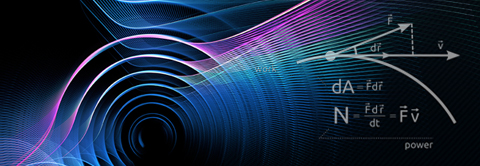| 날짜 | 2016-05-19 15:00 |
|---|---|
| 연사 | |
| 장소 | May 19, 2016 (Thur.) 3PM, |
The CERN Resonant WISP Search:
May 19, 2016 (Thur.) 3PM, #5318(E6-2, 5th fl.)
Dr. Michael Betz, CERN
Weakly Interacting Sub-eV Particles (WISPs) could reveal the composition of cold dark matter in the universe and explain a large number of astrophysical phenomena. Despite their strong theoretical motivation, these hypothetical particles could not be observed in any experiment so far.
The "CERN Resonant WISP Search"(CROWS) probes the existence of WISPs using microwave techniques.
The heart of the table-top experiment are two high-Q microwave cavity resonators. The `emitting cavity` is driven by a power amplifier at 3 GHz, resulting in the build-up of a strong electromagnetic field inside. The `receiving cavity` is placed in close vicinity and connected to a sensitive microwave receiver.
Most theories predict a weak coupling between the two cavities due to a Photon to WISP conversion process. CROWS tries to observe that coupling, while mitigating electromagnetic crosstalk with a high-end (~ 300 dB) electromagnetic shielding enclosure for the receiving part of the experiment.
Although no WISPs were detected in the most sensitive measurement-runs in 2013, a previously unexplored region in the parameter space was opened up. For `Hidden Sector Photons`, a prominent member of the WISP family, the result corresponds to an improvement in sensitivity over the previous laboratory exclusion limit by a factor of ~7.
This talk shall give a brief introduction to WISPs, the experimental search efforts worldwide and then focus on the design and development of the CROWS experiment, which happened in the framework of the authors PhD.
The encountered engineering challenges and their solutions will be highlighted. This includes the high performance EMI shielding (≈ 300 dB through several layers), operating electronics in strong (3 T) magnetic fields, optical signal transmission and high sensitivity (P < 1E-24 W) microwave signal detection. The operation procedure and the lessons learned during various experimental runs are shown. Furthermore, several ideas are proposed, on how to improve the experiment and its sensitivity further.
Contact: T.8166(CAPP Administration Office)







